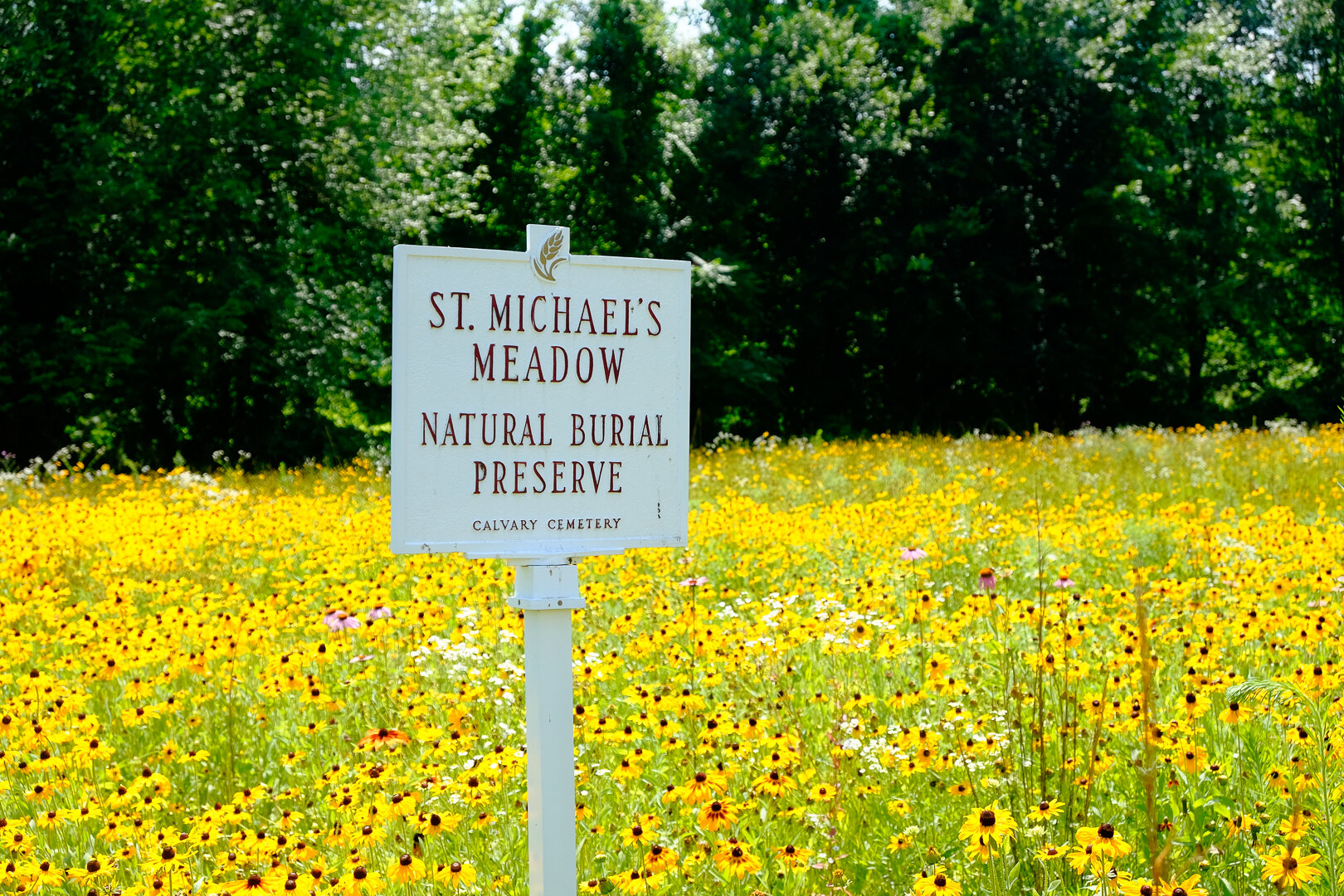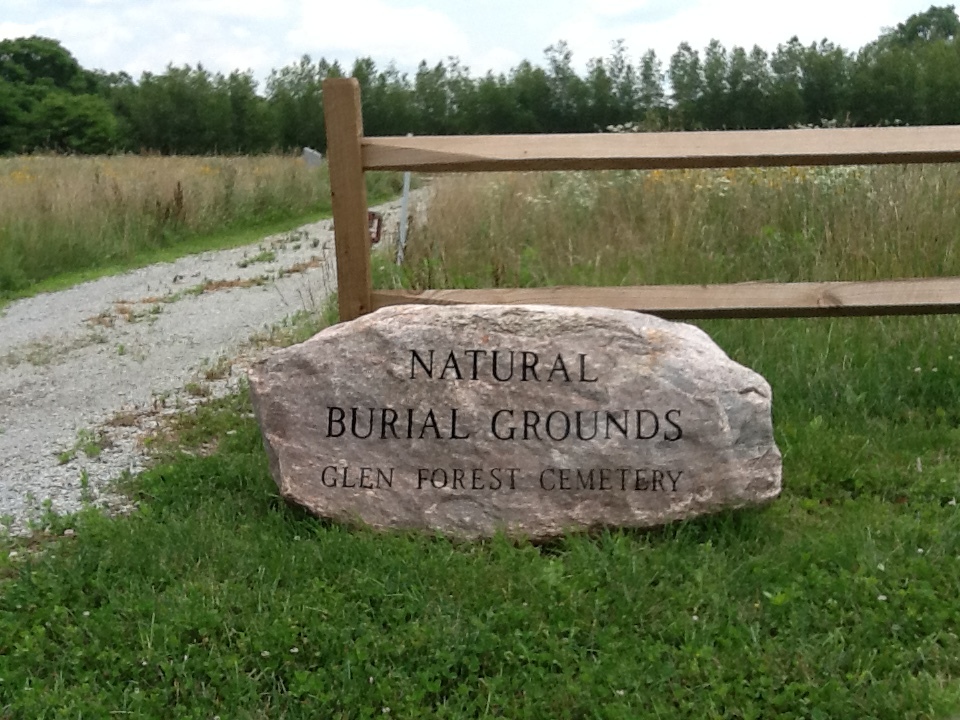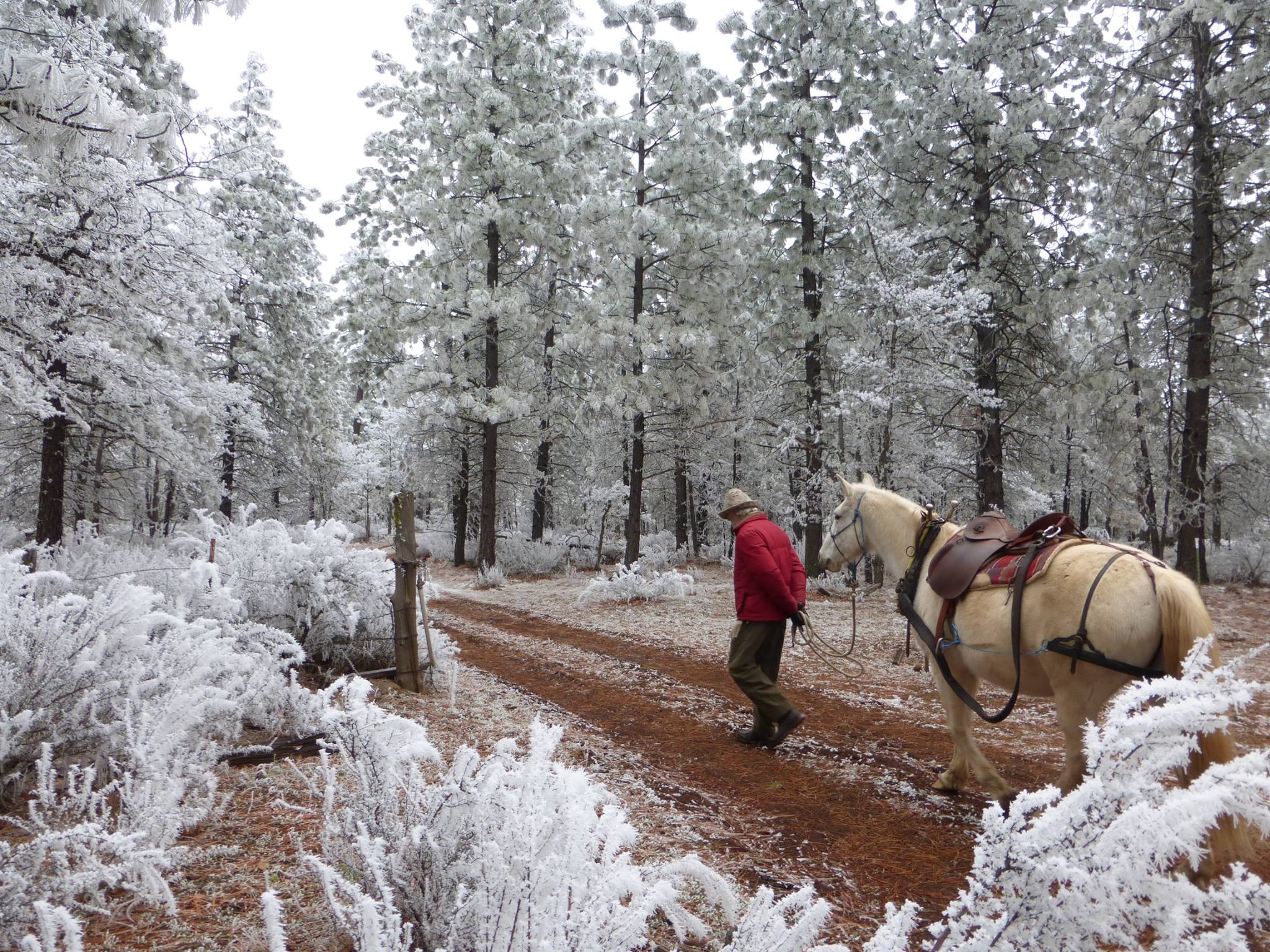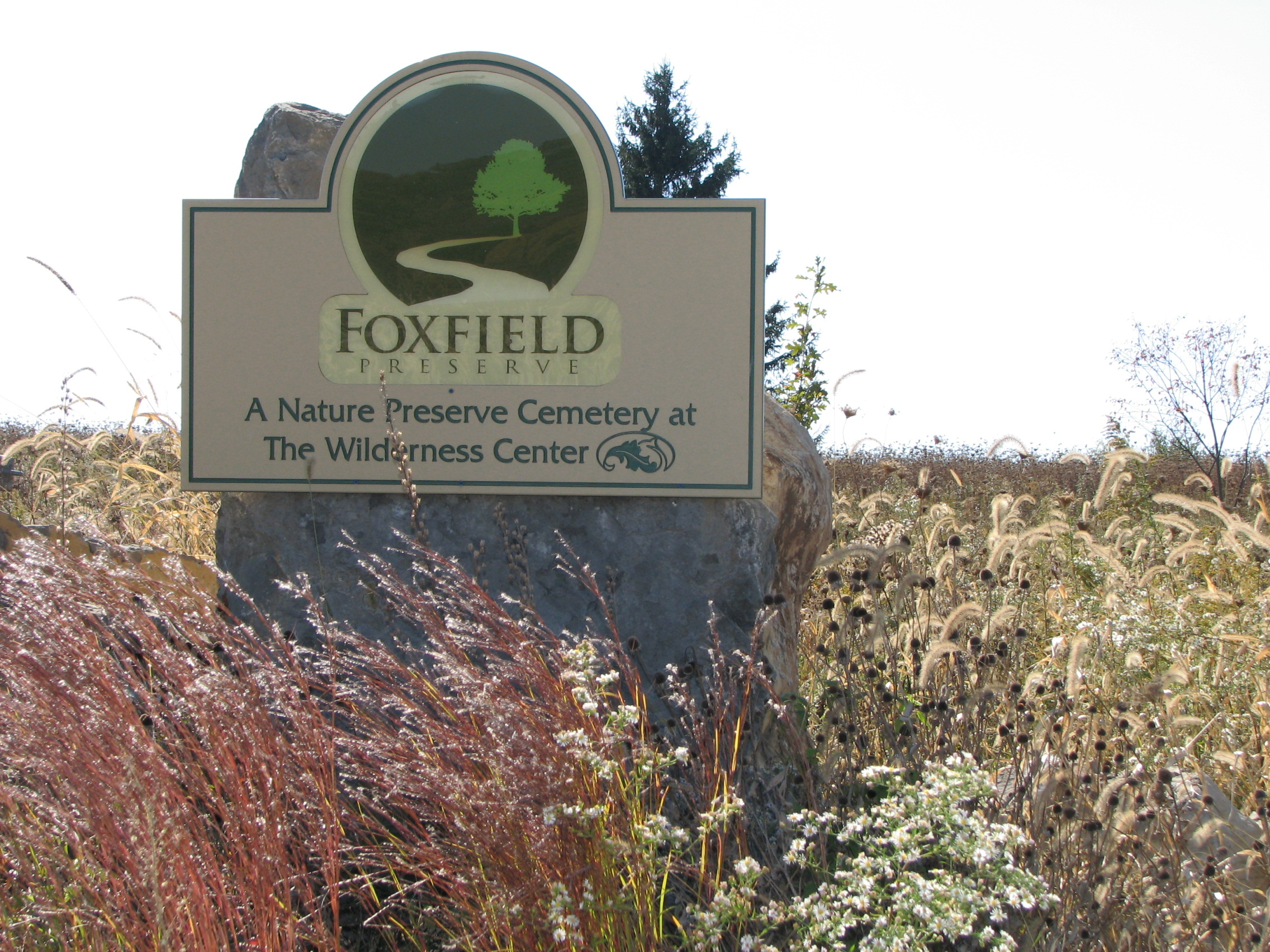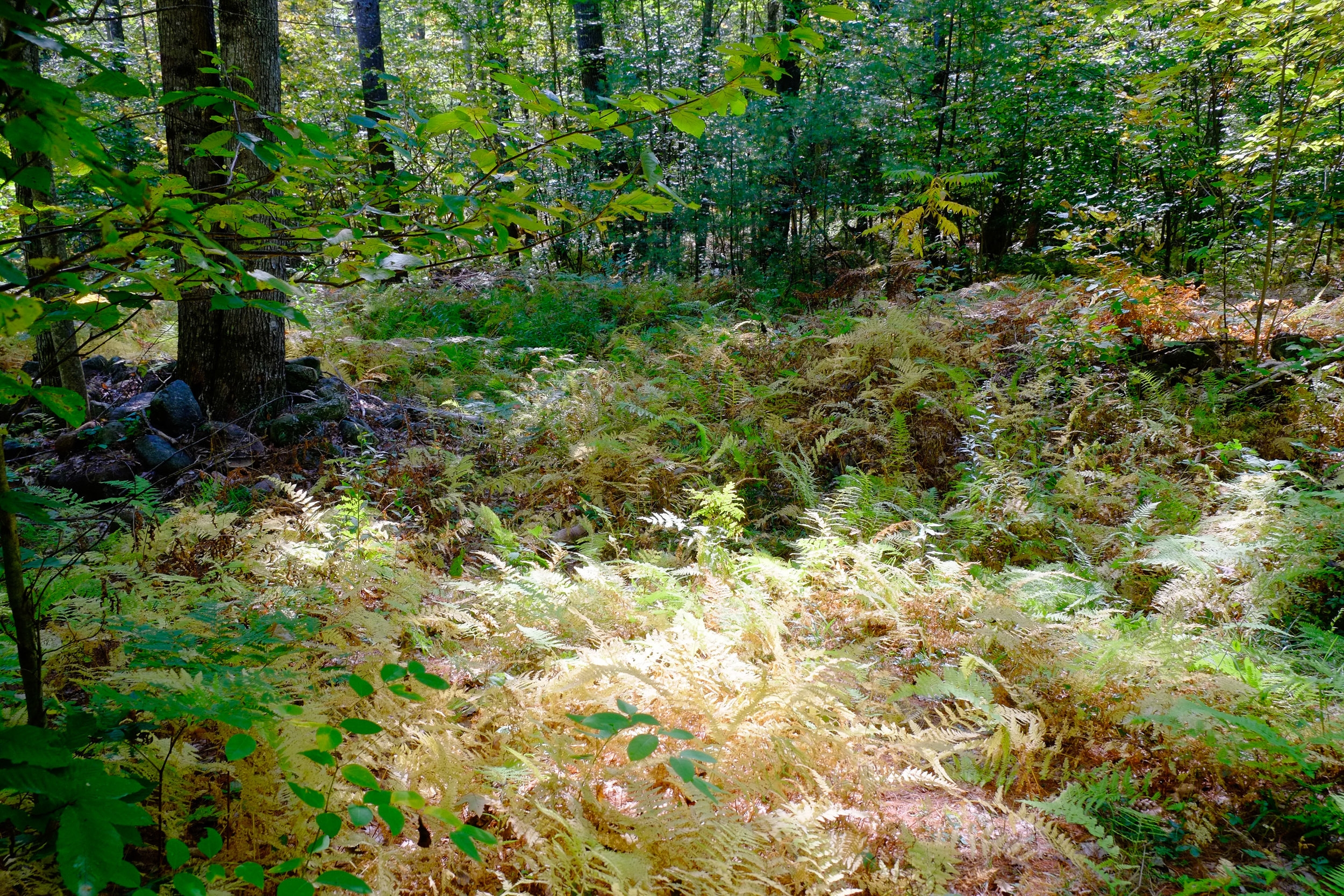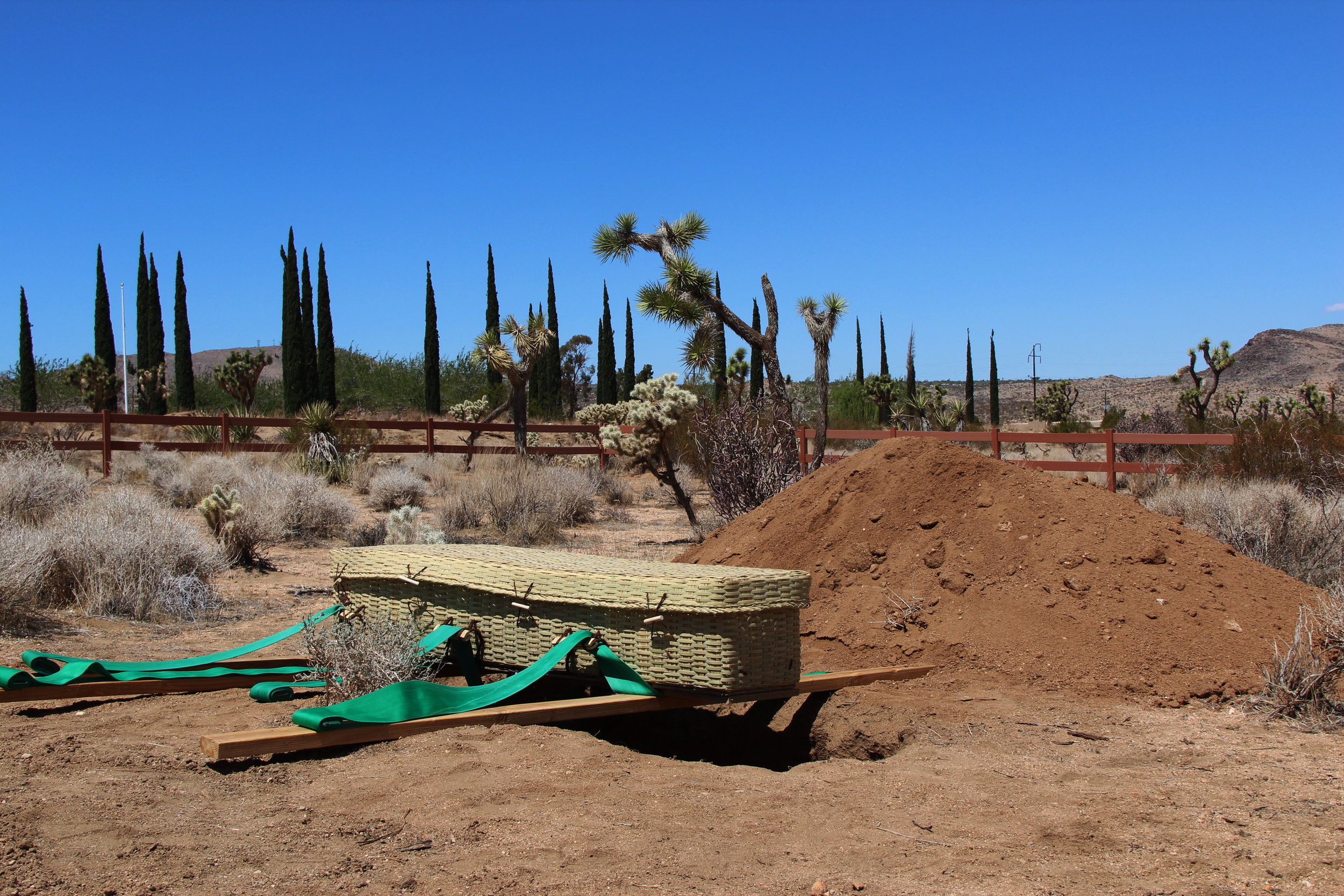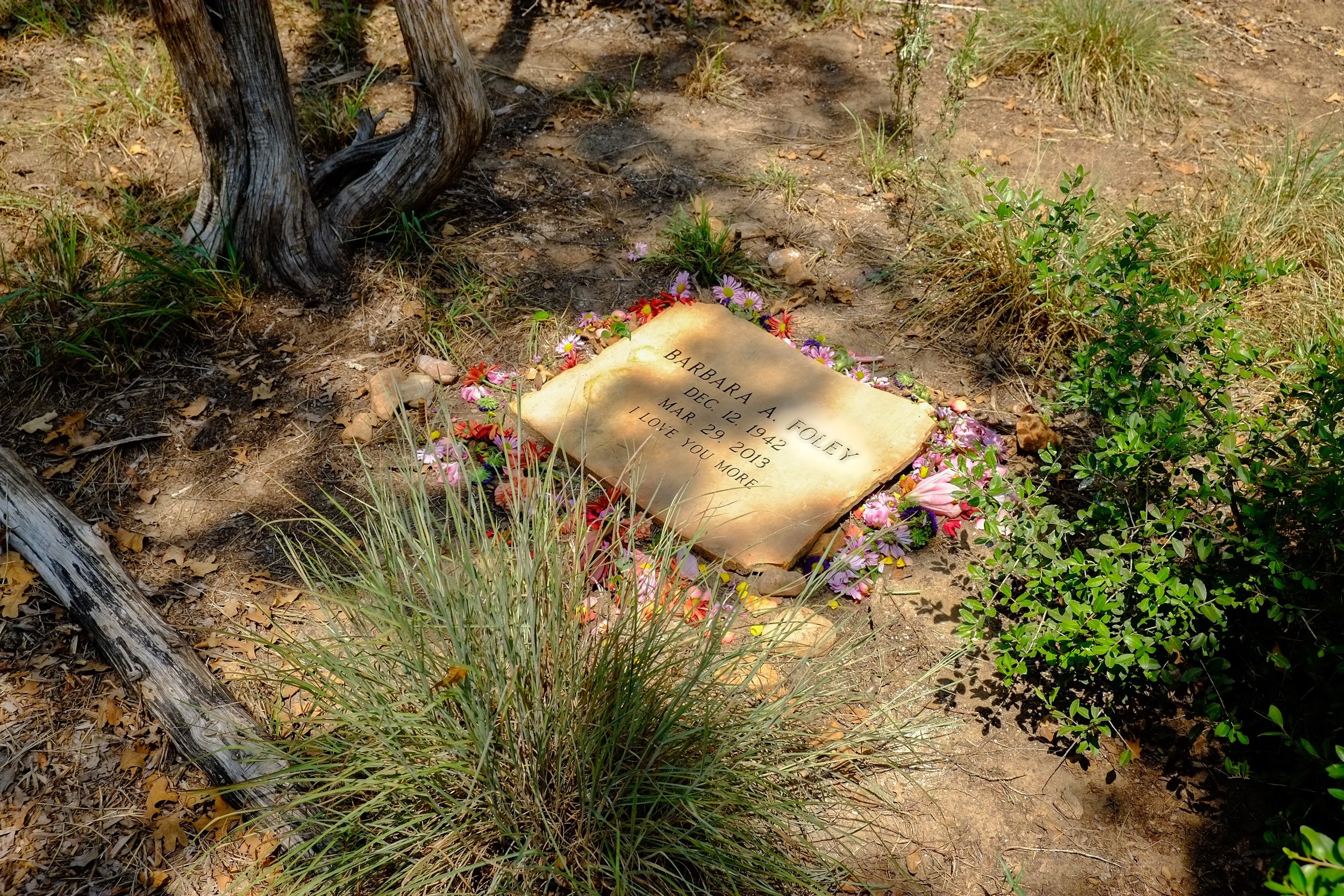Purpose of this publication
Do you feel remorse when you throw a plastic water bottle into the garbage can? How about a dead body? Sounds gross, doesn’t it? Of course we don’t throw away dead bodies, but we don’t recycle them either. In fact, in conventional burial we add harmful stuff like formaldehyde, painted metal and concrete so it’s difficult for the body to return to the earth, and cremation burns up the good stuff in a body and releases heavy metals and CO2 into the environment. A funeral director/green burial advocate told me, "You've got people who have been shopping at Whole Foods all their lives. Are they going to want to get embalmed, have their bodies buried in non-sustainable wood or metal caskets?"
You don’t have to shop at Whole Foods to see his point. We worry about the foods we eat. The chemicals in our water supply. The effect of microwave towers on our children and cell phones on our brains. What it will mean to cut down trees for paper; what it will mean if we don’t. We weigh the consequences of our actions within the physical world around us.
Some argue that green burial is the way Americans buried their dead until the Civil War when modern embalming techniques were perfected but modern green or “natural” burial (they have slightly different emphases) is a deliberate choice, an option to conventional burial. When done properly it can secure land in its natural state for years to come.
It’s a choice not to do harm, and it’s a choice to add value to the earth in our death.
FEATURED Cemeteries
These are some of our listed cemeteries from across the country.


